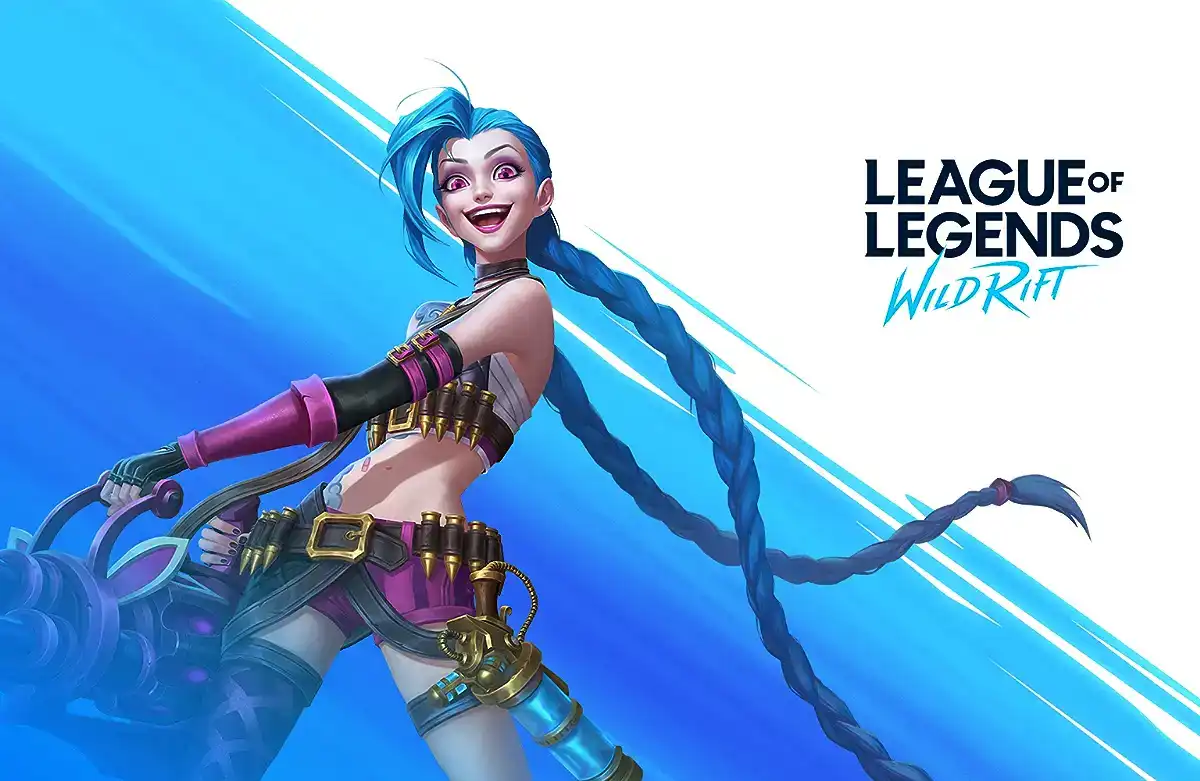League of Legends is an ever-evolving game, and trends change almost as fast as players can adapt to them. There was a certain point in time when 'one-shot' tactics were dominating matches. This approach revolved around using champions that could deal a significant amount of damage in one go, thus killing opponent's champions in a single hit from a safe distance.
Back then, 'one-shot' tactics were a popular strategy due to the intrigue they brought. The potential to demoralize an enemy by eliminating their character in a single blow gave players a unique kind of thrill. This tactic was viable because special abilities were scarce and required substantial resources, inevitably leading to a long cooldown period.
However, 'one-shot' tactics have gradually faded from popularity as newer champions designed with low cooldown abilities took to the stage. The transformation has been significant, causing the dynamics of game strategies to change drastically and pushing the game towards continuous action phases.

The rise of these low cooldown abilities has transformed the nature of the game, making it faster-paced and more interactive. It provided a different kind of challenge to players - learning how to manage and utilize these abilities effectively in strategic battles.
Instead of having the 'one-shot' tactical benefit, players could now use their abilities more frequently, increasing their overall damage output and fostering a more aggressive play style. While this diminished the satisfaction a 'one-shot' kill could bring, the change brought about more dynamic and ongoing battles, making the game more exciting.
However, not all players welcomed this transition with open arms. Some criticized it for diminishing the strategic depth. Critics believe, the focus on low cooldowns has turned the game into a brawl, where timing and planning come second to spamming abilities, eliciting a less strategy-centric gaming experience.
Unlike the 'one-shot' strategy, where successful execution was immensely satisfying due to the high-risk, high-reward characteristic of the strategy, the low cooldown approach seems somewhat less gratifying.
Despite this criticism, the change brought League of Legends closer to the fast-paced action that many multiplayer online battle arena (MOBA) games are known for. The focus on low cooldowns also increased the importance of skill and reflexes, further promoting active engagement throughout the game.
The champions designed in recent updates have abilities that become stronger or more effective as players use them more frequently. These champions' newfound dynamics have encouraged players to be more persistent, exerting constant pressure on their opponents.
With this shift, League of Legends has strayed from being satisfaction-centric to being pressure-centric. Instead of relying on the thrill that 'one-shots' could offer, players had to rethink their strategies and base them on wearing down their opponents over time.
This transition has forced players to reassess their strategies. It made them realize the importance of strategy adaptation according to the changing dynamics of the game.
Moreover, this shift to low cooldown abilities made champions more balanced in terms of power. No longer were certain champions overpoweringly strong due to their 'one-shot' capabilities. Instead, every champion had a fair fighting chance, provided they were utilized effectively.
At the same time, other game elements were adjusted in tandem to accommodate these changes. Riot Games, the developers of League of Legends, made strategic changes within the game environment itself, further enhancing the gaming experience.
League of Legends continued to evolve around these new dynamics, leading to the development and refinement of other game features. This move has sparked an entirely new phase of competitive gameplay, reshaping the meta and creating a vastly different gaming experience.
Although the change was jarring and met with resistance, it was necessary for the continued growth of the game. This alternation is just one example of how League of Legends has continued to evolve, ensuring its relevancy in the competitive MOBA scene.
Regardless of the criticism, the focus on low cooldowns seems to be here to stay. Despite having drastically altered game dynamics, it has brought about a new wave of strategic thinking, forcing players to continuously adapt to the changing landscape of the game.
The transition from 'one-shot' kills to low cooldowns has marked a significant milestone in the evolution of League of Legends. The game has come full circle in its development, reaffirming its place among the most popular MOBAs in the gaming industry.
The change in League of Legends' dynamics has proven that games like these aren't static; they evolve along with their player base, ensuring that there's always something new to dive into, a new strategy to overcome, a new way to play the game.
While the game's evolution may introduce its difficulties, it also brings about new challenges - challenges that continuously keep players engaged and intrigued. As they say, the only constant in gaming is change – and League of Legends is a powerful testament to that.